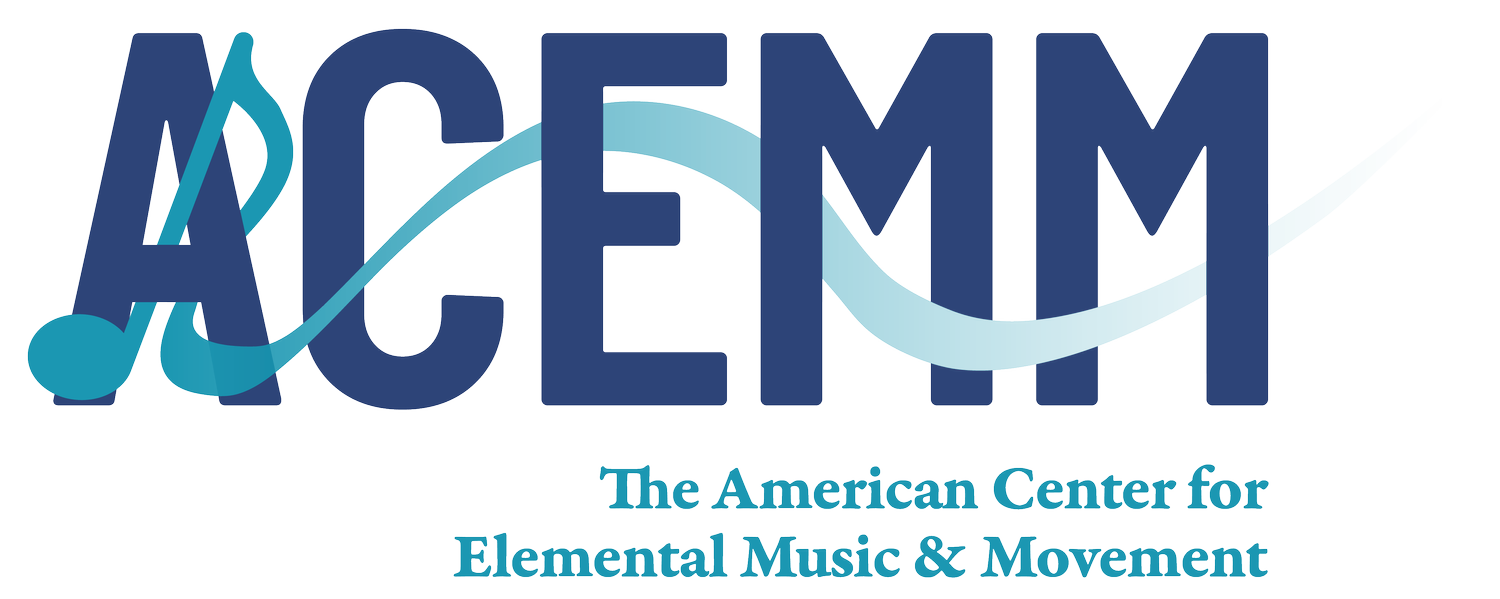Bringing Yoga to our Students
by Matthew Stensrud
When our classrooms are purposefully focused on the elemental, our students take the helm.
Wide-eyes, rustling bodies, cheerful laughter. August is here and our students are back! This also means we must purposefully implement processes and procedures that encourage constant learning and ensures the safety of our students. So, let’s start back in our bodies with something every person practices all day, every day: breathing.
Students of all ages can match your breathing, quick to extended, shallow to deep, pulsed to unpulsed. Slowly, the breathing encompasses more of your body. Perhaps your shoulders rise and fall to release tension, or your arms grow outward and inward with your diaphragm. However you choose to begin this activity, you might be surprised how many students achieve an inner calm with this collective breathing.
While breathing can lead us to so many places in the classroom – folk dance to instrument technique to singing to creative movement – let’s travel today to the creation of shapes with our bodies. And to get there, we have Yoga Pretzels: 50 Fun Yoga Activities for Kids and Grownups, a set of cards created by Tara Guber and Leah Kalish.
There are endless ways to incorporate these cards in your classroom. Perhaps you simply want to introduce two simpler poses to your kindergarten class. Or maybe you are putting together an entire flow with your sixth graders. This lesson finds us somewhere in the middle and leads our students to create their own elemental form and mirror with a partner to create a unique movement sentence using standard yoga poses.
Choose fifteen or so yoga cards that are best for your class of students and scatter them around the room. Include a variety of cards, from rock to cat to fish to boat. There are even some cards for pairs to explore if you properly prepared your students.
Guide students to explore the cards individually while you improvise on the metallophone. Stretch yourself and try dorian mode (D as your home note)! When the metallophone stops, your students pause.
Extend their thinking and spur creativity through some guided questions:
What if you could mold your body from one card to the next?
What if you chose a locomotor word to explore between the cards?
What if you could hold a card for three breaths before moving to the next?
What if you could make eye contact with someone else while holding a pose?
After extensive exploration, direct students to choose their favorite card. Then point them to rock, one of the poses on a card.
What if you could begin as a rock, grow into your favorite card, and melt back into a rock?
Everyone becomes a rock and can begin their sentence (now in ABA form) when you begin the metallophone. Notice what your students do and use these notices to extend their thinking:
I noticed some students moving quickly while others grew like molasses.
I noticed some students using their breath to help them grow.
I noticed some students hold their favorite pose for three breaths before melting back to a rock.
Next, guide students to partners and have them teach their favorite card to each other.
What if you could both begin as a rock, grow into Partner A’s card, transform into Partner B’s card, then melt back to a rock?
Give students time to practice this with each other and drift around the classroom, pointing out ideas to deepen their thinking. Maybe one pair mirrors each other. Or another pair is side-by-side. Can one pair do it back to back and use their breath to stay together? Perhaps a pair that moves too quickly should take five breaths in each pose as a reminder of the role stillness can play in movement.
When ready, everyone becomes a rock and can begin their sentence (now in an elemental, ABCA form) when you begin the metallophone.
Split the class in half and have students observe each other and react to what they see using ‘I notices’. You’ll be amazed at what your students see that you missed!
There are many ways to extend the lesson and student creativity from here. Maybe they can choose their own elemental form. Or perhaps they can take out rock and replace it with another card. Another idea is exploring how music changes the movement sentence:
What if you played more quickly in pentatonic on the xylophone?
What if you played a hand drum or the temple blocks?
What if you selected two contrasting recordings such as Salento by Rene Aubry and Take Five by Dave Brubeck?
What if students joined pairs and improvised music for each other?
Most importantly, see where your students take you. When our classrooms are purposefully focused on the elemental, our students take the helm. Their playfulness leads to new ideas. Their creativity deepens our learning. And when this happens, our students become stronger thinkers, active citizens, and true musicians.
Matthew Stensrud is ACEMM’s Summer 2017 Spotlight Award Winner. He shares this Spotlight Lesson with our community in hopes that it will inspire creativity and mindfulness with your students, and in your lives. For a great resource that ties in nicely with Bringing Yoga to Our Students, check out another ACEMM Spotlight Award Winner, Laura Stack’s article, “Mindfulness in the Classroom– How Not to Lose Your Mind!”



